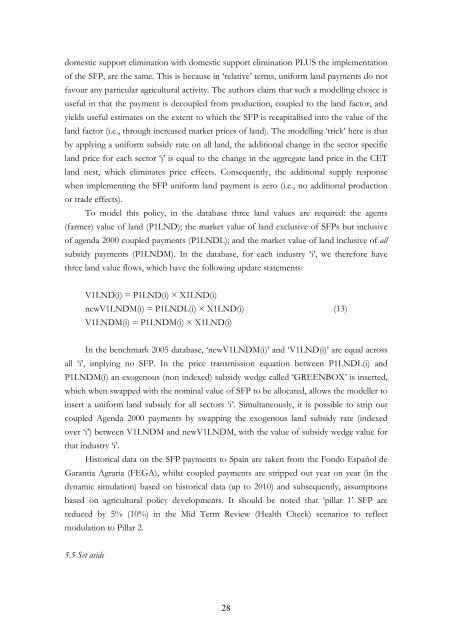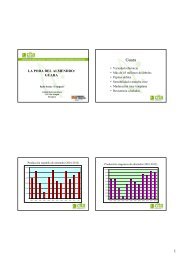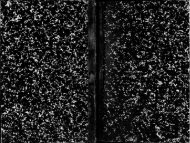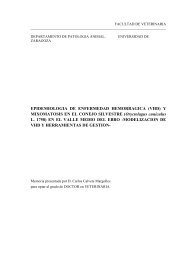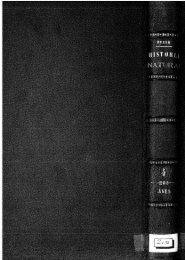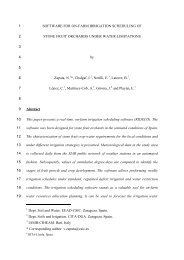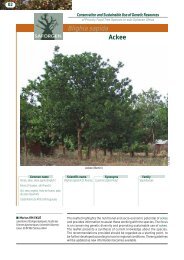1 A Recursive Dynamic Computable General Equilibrium Model For ...
1 A Recursive Dynamic Computable General Equilibrium Model For ...
1 A Recursive Dynamic Computable General Equilibrium Model For ...
Create successful ePaper yourself
Turn your PDF publications into a flip-book with our unique Google optimized e-Paper software.
domestic support elimination with domestic support elimination PLUS the implementation<br />
of the SFP, are the same. This is because in ‘relative’ terms, uniform land payments do not<br />
favour any particular agricultural activity. The authors claim that such a modelling choice is<br />
useful in that the payment is decoupled from production, coupled to the land factor, and<br />
yields useful estimates on the extent to which the SFP is recapitalised into the value of the<br />
land factor (i.e., through increased market prices of land). The modelling ‘trick’ here is that<br />
by applying a uniform subsidy rate on all land, the additional change in the sector specific<br />
land price for each sector ‘j’ is equal to the change in the aggregate land price in the CET<br />
land nest, which eliminates price effects. Consequently, the additional supply response<br />
when implementing the SFP uniform land payment is zero (i.e., no additional production<br />
or trade effects).<br />
To model this policy, in the database three land values are required: the agents<br />
(farmer) value of land (P1LND); the market value of land exclusive of SFPs but inclusive<br />
of agenda 2000 coupled payments (P1LNDL); and the market value of land inclusive of all<br />
subsidy payments (P1LNDM). In the database, for each industry ‘i’, we therefore have<br />
three land value flows, which have the following update statements:<br />
V1LND(i) = P1LND(i) × X1LND(i)<br />
newV1LNDM(i) = P1LNDL(i) × X1LND(i)<br />
V1LNDM(i) = P1LNDM(i) × X1LND(i)<br />
(13)<br />
In the benchmark 2005 database, ‘newV1LNDM(i)’ and ‘V1LND(i)’ are equal across<br />
all ‘i’, implying no SFP. In the price transmission equation between P1LNDL(i) and<br />
P1LNDM(i) an exogenous (non indexed) subsidy wedge called ‘GREENBOX’ is inserted,<br />
which when swapped with the nominal value of SFP to be allocated, allows the modeller to<br />
insert a uniform land subsidy for all sectors ‘i’. Simultaneously, it is possible to strip out<br />
coupled Agenda 2000 payments by swapping the exogenous land subsidy rate (indexed<br />
over ‘i’) between V1LNDM and newV1LNDM, with the value of subsidy wedge value for<br />
that industry ‘i’.<br />
Historical data on the SFP payments to Spain are taken from the Fondo Español de<br />
Garantia Agraria (FEGA), whilst coupled payments are stripped out year on year (in the<br />
dynamic simulation) based on historical data (up to 2010) and subsequently, assumptions<br />
based on agricultural policy developments. It should be noted that ‘pillar 1’ SFP are<br />
reduced by 5% (10%) in the Mid Term Review (Health Check) scenarios to reflect<br />
modulation to Pillar 2.<br />
5.5 Set aside<br />
28


